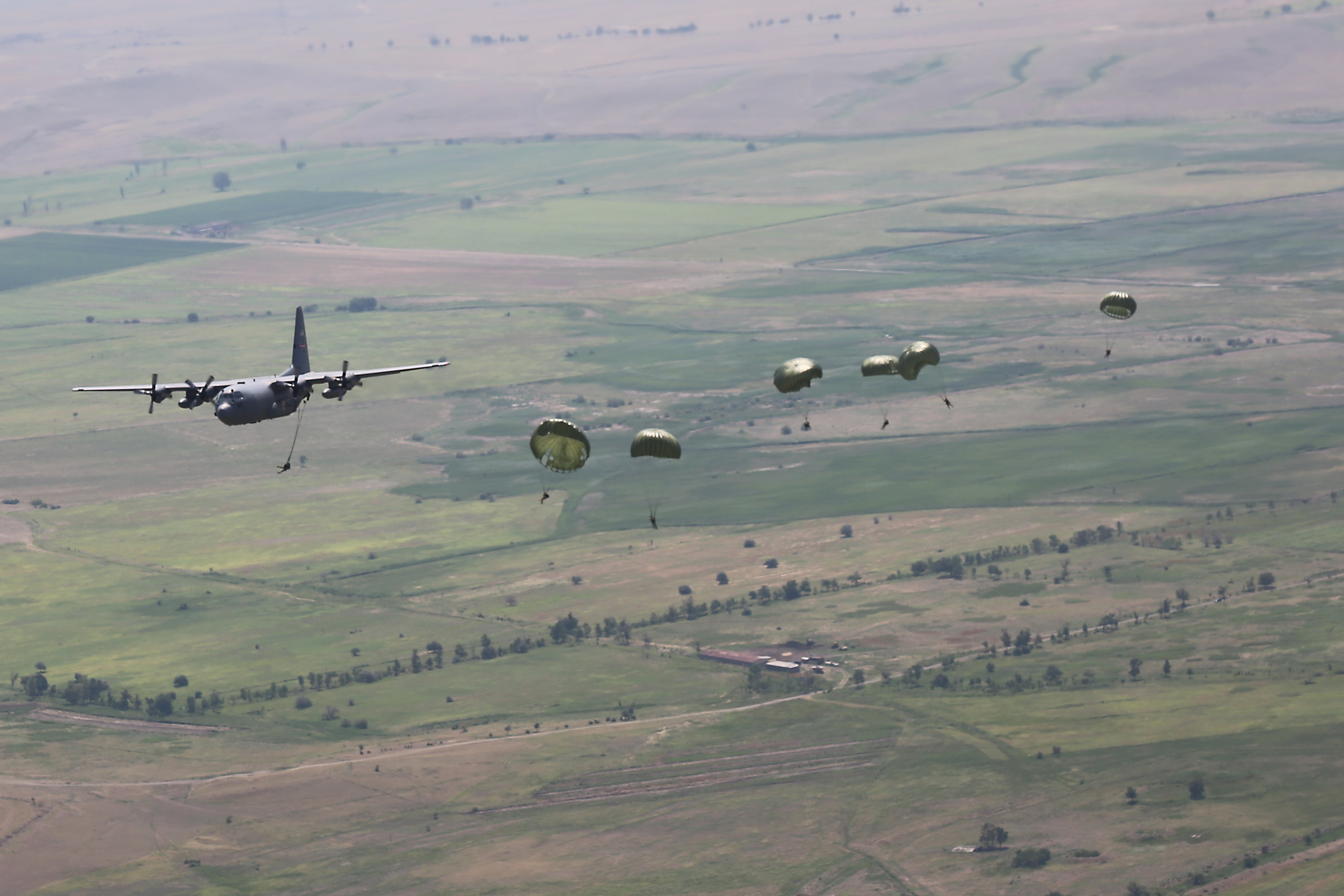As the Islamic State group withers in Iraq and Syria, other, more obscure hot spots could emerge in 2018 that will require more U.S. assistance or, possibly, even the presence of more U.S. troops.
Here are a few examples.
Philippines
ISIS has taken up shop in the Philippines and has even managed to hold on to urban terrain on the island of Mindanao for nearly three months. While local security forces, with U.S. assistance, eventually retook the city, the terror group made them pay a heavy price.
The area is ripe for ISIS recruitment, due to sectarian tensions between the country’s Muslim communities, primarily located on Mindanao, and its Catholic and Protestant populations in northern Philippines.
The Pentagon recently renamed its assistance mission in the Philippines, from Operation Enduring Freedom-Philippines to Operation Pacific Eagle, a move that highlights a new, ramped up counterterrorism focus in the region.
“The Philippines and United States governments remain steadfast in their alliance and are committed to countering radicalization and violent extremism in the Philippines and Southeast Asia,” said Marine Lt. Col. Christopher Logan, a Pentagon spokesman. “To support these efforts, and at the request of the government of the Philippines, we have enhanced our comprehensive counterterrorism cooperation that supports the Philippine Security Forces.”
There were approximately 100 U.S. troops, mostly Marines, in the Philippines as of Sept. 30, according to the Defense Manpower Data Center.
Egypt
ISIS has been waging a deadly battle against Egypt’s security forces in the Sinai Peninsula for the past couple years. This year has been especially deadly. On Nov. 26, ISIS militants carried out an attack on a local mosque that killed more than 300 people.
The attack may turn out to be a strategic blunder for ISIS, as local Bedouin tribes have since agreed to help the Egyptian army hunt down the terror group’s fighters in the region, according to the Wall Street Journal.
Still, ISIS poses a formidable threat in the region, and the country is host to several al-Qaida offshoots.
U.S. Central Command does not have any U.S. troops in the country assisting with intelligence or advising missions, but Egypt is host to a major training exercise known as Operation Bright Star.
The first Bright Star exercise since 2009 was held this past September, according to a press release from CENTCOM.
There also are nearly 450 U.S. troops stationed in the Sinai as part of the Multinational Force and Observers mission, according to a estimates provided by an MFO representative.
The MFO mission was established in 1979 to help maintain peace between Israel and Egypt.
The MFO mission is strictly a peacekeeping one, but it has had to make adjustments because of the recent ISIS violence in Egypt.
“The MFO has adapted how it carries out its mission to provide greater safety to personnel, and we constantly review our operations given the environment and make adjustments accordingly,” a representative told Military Times.
Georgia
The former Russian satellite state has been interested in joining NATO for more than a decade, provoking Russia to use two breakaway Georgian provinces known as Abkhazia and South Ossetia to keep the Georgian Republic from acceding to NATO.
Russia and Georgia fought a small war over the issue when Russian tanks and forces spilled across the South Ossetian border in August 2008. The conflict lasted less than a week, but the region is still a powder keg. The U.S. government recently approved the sale of sophisticated U.S. Javelin anti-tank missiles to the small republic.
There are about 30 U.S. Marines in Georgia now helping to train and advise Georgian forces preparing to deploy in support of NATO’s Resolute Support mission in Afghanistan, according to Army Maj. Juan Martinez, a spokesman for U.S. European Command.
The U.S. military also conducts training exercises in Georgia. In 2017, U.S. forces carried out exercises Noble Partner and Agile Spirit.
“These shared experiences enable us to build even stronger military ties between Georgia and the United States,” Martinez said. “Georgia has demonstrated its ability to conduct stability operations that are fully interoperable with the United States and its allies.”
Mexico
Mexico is home to one of the deadliest conflicts on the planet, just behind Syria, according to the International Institute for Strategic Studies’ annual Armed Conflict Survey.
America’s neighbor to the south suffers from gang-related violence and narco-terrorism. As a result, the U.S. government has a small train-and-equip program with Mexican security forces to help combat transnational crime.
“Our personnel who provide training do not have advisory authority and do not conduct operations within Mexico,” said Army Lt. Col. Jamie Alan Davis, a Pentagon spokesman. “The size and composition of U.S. training teams in Mexico vary historically. The average size for a training team is between five and eight personnel per event.”
The U.S. government is also assisting with equipping Mexican forces, but most of that occurs through the Foreign Military Sales process using Mexican funds, Davis explained.
“The Mexican military has made major military equipment purchases to increase their mobility such as helicopters and HMMWVs,” he said.
In 2014, the U.S. government approved the sale of over 3,000 U.S. Humvees, a package worth nearly $556 million, according to the Defense Security Cooperation Agency. The U.S. has also approved the sales of a handful of UH-60 Black Hawk helicopters and a pair of C-130J Super Hercules planes.
There are currently 61 U.S. troops in Mexico, most of them U.S. Marines, according to data supplied by Defense Manpower Data Center.
Shawn Snow is the senior reporter for Marine Corps Times and a Marine Corps veteran.
